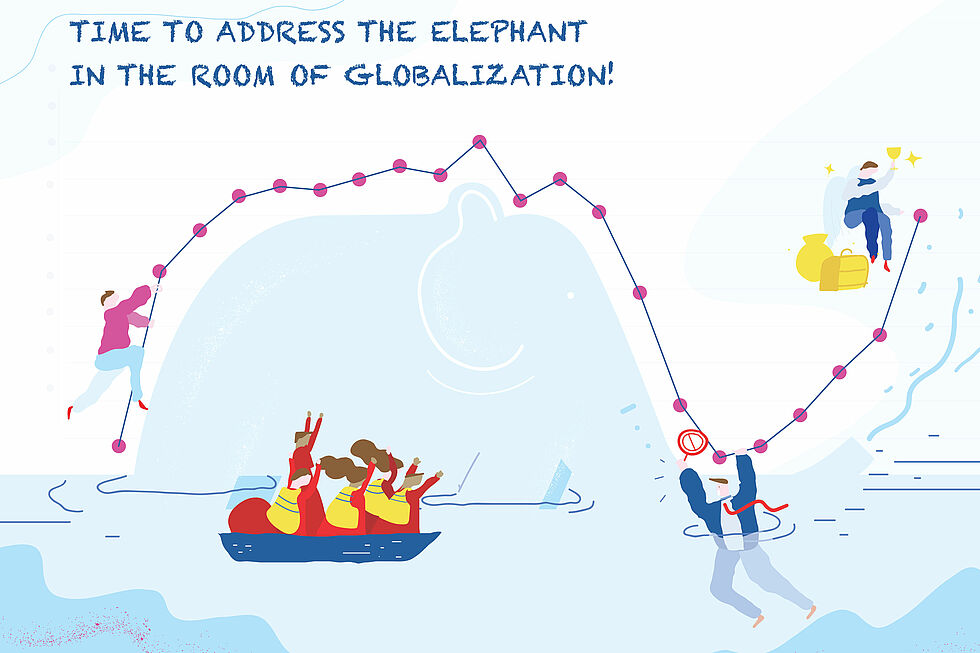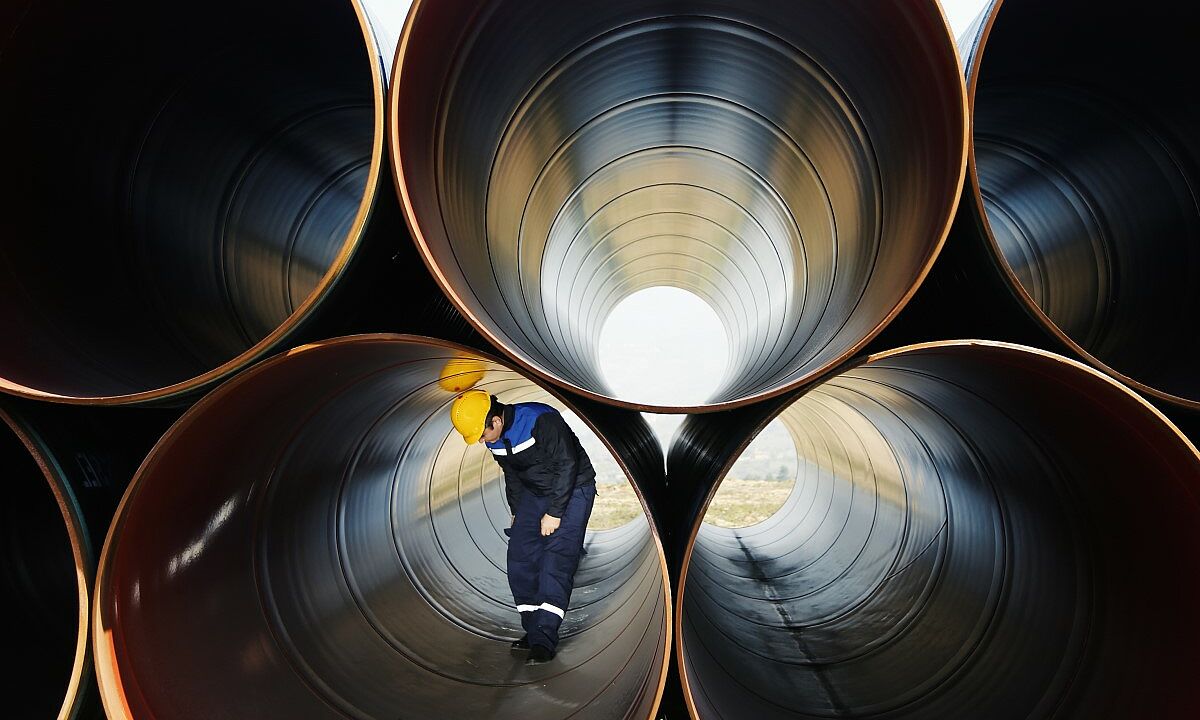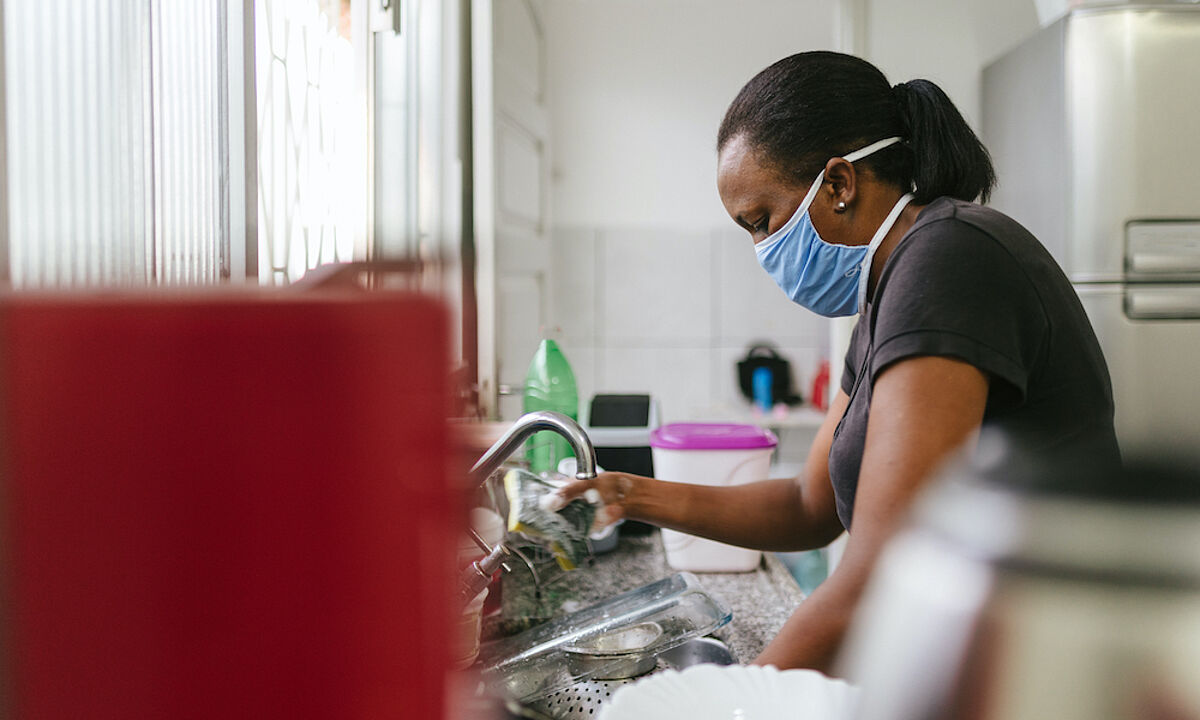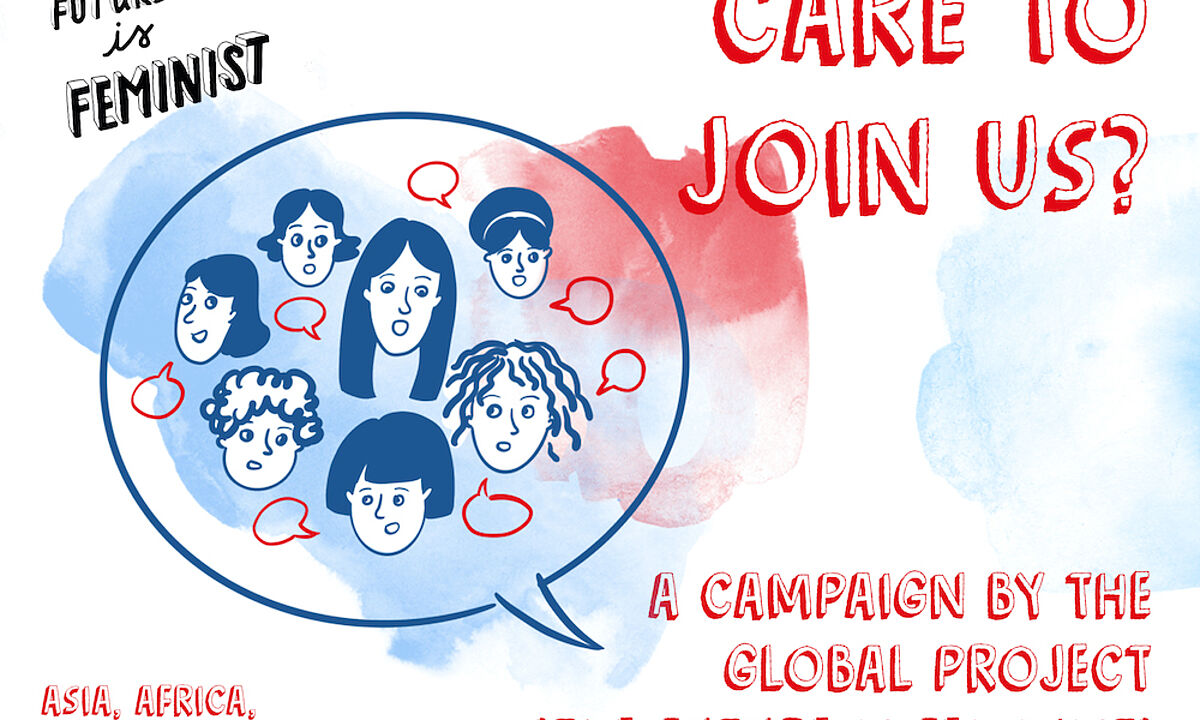Democratic local representation can support just distribution of wealth and income across Tunisia
Tunisia is marked by sharp internal disparities: The country’s southern and interior regions are largely neglected in comparison to the northern coastal areas, where most state and private investments take place, most jobs are available, and infrastructure is generally far more developed and more broadly accessible.
In fact, while many parts on the Tunisian coast are comparable to Southern Europe, living conditions and development in the south of Tunisia are entirely different.
Friedrich-Ebert-Stiftung (FES) tasked four Tunisian experts of public policy to compile a study on regional asymmetries and social inequalities in Tunisia. The central idea of the research was to identify priorities for intervention so that policies can address these issues more effectively.
The study, now available in French, was centralized around the axes of education, professional training and infrastructure.
Download for free "Regional asymmetries and social inequalities in Tunisia" (in French)
On the occasion of its release, FES Connect talked to Thomas Claes, who from Tunisia heads the regional project in the Middle East and North Africa region on economic policies for social justice. In this interview he explains the motivation behind the study, the state of inequality in Tunisia, and how to address it.
How is inequality a challenge in Tunisia? What are the most prominent manifestations of inequality, of regional disparities and their historical context in the country?
Tunisia has made remarkable progress in terms of democratization since its revolution in 2011, which ousted a long-standing dictator. More than seven years later and after several free elections, Tunisians appreciate the gains in political and personal liberties. However, there still has been no economic revolution; on the contrary, many economic indicators have worsened in recent years. Increasing prices and cuts in public funds have negatively affected vulnerable populations, leading to further discontent.
For this study, public opinion polls were conducted. These showed clearly that education and equal chances in education are among the highest political priorities for most Tunisians. Like other countries in the region, the public education system in Tunisia has been increasingly underfinanced due to austerity measures and cuts in recent years. Private schools and universities have stepped in to fill the gaps but have further exacerbated social inequalities.
Additionally, public services, such as education and health, are theoretically available in the entire country, yet accessibility and quality of these services differ immensely. The number of medical specialists is a good example here: While in Tunis 85 specialists are available for every 100,000 inhabitants, in Tunisia’s southernmost governorate, Tataouine, the number is only seven.
To what extent is social inequality a topic in public perception in Tunisia? What are people’s attitudes and reactions towards this issue? What expectations do they have from politics?
It is safe to say that social inequalities have become much more debated in Tunisia since the revolution. Many Tunisians, especially in the more affluent regions, only discovered the scope of the inequality after former president Zine El Abidine Ben Ali was toppled in 2011 after more than 20 years in office, in the first of the uprisings that came to be known as the Arab Spring. Before then, the regime’s propaganda had always stressed that the country was rapidly developing.
For Tunisians living in the neglected areas, studies have shown that trust in the state and its representatives is increasingly lacking. Nonetheless, at the same time they see only the state as capable of improving their conditions. This has led in some cases to deadlocks in the negotiations between the government and local populations. The most prominent case is the fate of Tunisia’s phosphate mining area, in the country’s interior. In this area, famous for its protest movements which even predated the Tunisian revolution, many locals work for the state-owned mining company. However, in the absence of any development plan for the region, many others have been left without jobs. For many years now, job-seekers have blockaded the transportation routes. Many broken promises by successive governments have made any negotiation extremely difficult.
Some of FES's partners in Tunisia, such as the general labour union (UGTT) or the Forum for Social and Economic Rights (FTDES) try to mediate in such conflicts, but lasting solutions will only be found if trust in the state is rebuilt. In the current economic climate, which is dominated by austerity measures to reduce the state deficit, this will be a difficult if not impossible task.
Where is social inequality particularly pronounced? What are the main indicators that could explain its existence?
In fact, regional disparity, or rather regional asymmetry, was and is a political choice. The postcolonial state in Tunisia reproduced patterns of dispossession from the colonial period. Natural resources such as phosphate and water as well as agricultural products are produced in the interior regions. However, revenue from export and commerce remains concentrated in the coastal regions. With both private and public investments focused in the coastal regions, this is likely to continue.
This inequality becomes quickly apparent by comparing key indicators. Take the example of unemployment: In Monastir, a coastal city, unemployment stands at 6.6 per cent, while in southern governorates it reaches 32 per cent, and the national average stands currently at around 15 per cent. Informal employment is rampant in all of Tunisia, but it is particularly pronounced in the south, where formal opportunities are even more scarce. This leaves countless workers outside of social safety nets and other protection mechanisms.
One of the central demands to the Tunisian state after the revolution, both domestically and internationally, has been decentralization. Nominally, the Tunisian state is committed to this project, but until now decentralization has been a very centralized project, with the central government controlling the process. Many state authorities are very reluctant to give up any of their powers and transfer them to a more local level.
On 6 May 2018, Tunisia held its first municipal elections, which saw large wins for independent, local lists. This certainly gives citizens more mechanisms to hold state authorities accountable. Also, hopes are high for a more just distribution of state resources and transparency in public investments in the future, but such changes might take many years to bear fruit.
You have recently supported a publication titled "Regional imbalances and social inequalities in Tunisia". How can we understand social inequalities in the presence of regional disparities?
Our recent publication compared key development indicators among different governorates of Tunisia. The focus of the study was placed on education, professional training and access to public infrastructure, including digital infrastructure. These axes correspond to public demands: According to polls made for the study, more then 85 per cent of Tunisians see the need for improvements in the education system as an urgent subject.
With weaker education, people from the interior regions have fewer job prospects, further increasing their marginalization.
In fact, the public education system, once a matter of pride for the country, is mirroring the regional disparities: Success rates in the national school-leaving exam (the baccalaureate) vary between a high of 55 per cent in the coastal regions to the low of 21,9 per cent in the interior. With weaker education, people from the interior regions have fewer job prospects, further increasing their marginalization.
In terms of infrastructure, Tunisia has promising indicators: On average 90 per cent of the country’s population has access to tap water. However, in one of the poorest governorates, Sidi Bouzid in the centre of the country, access to tap water stands at just 50 per cent of households. Of course, such inequalities in water access further exacerbate social inequalities.
What aspects did you want to raise with the publication? What concrete steps that can be made to address inequality in the country?
In the current economic situation, the Tunisian state must focus its resources and actions on a specific number of development priorities. Until now, most governments have introduced large-scale reform agendas, with many different goals. In the absence of clear priorities, this has often meant that the implementation of reforms stalled: too many plans fell short in the actual implementation, as the administrations were overwhelmed with the tasks. After the revolution, Tunisia’s international supporters have offered much-needed help to rebuild the state and democratize its institutions. We hope that with more accountability and skills, the public administrations will increasingly work to reduce regional disparities.
The international supporters of the Tunisian state from Europe, such as Germany, France and the European Union itself, must better coordinate their efforts to have a larger impact and to avoid creating redundant projects.
The municipal elections, which after a long delay were finally held in May 2018, are an important step in this direction, as the independent and democratically legitimized local representation will hopefully lead to more transparency and accountability on the local level, including in the neglected regions.
###
For more information on the regional work by FES in the Middle East and North Africa, visit the official website and contact the office staff.





